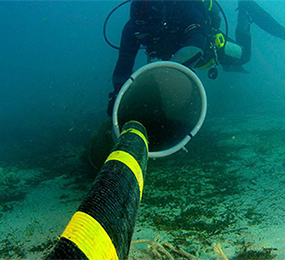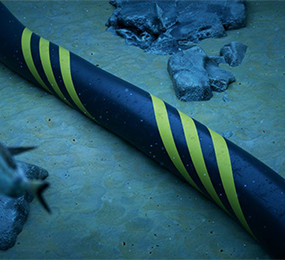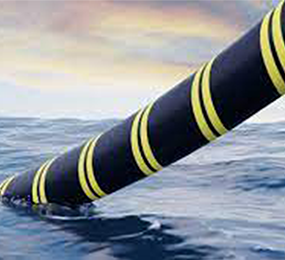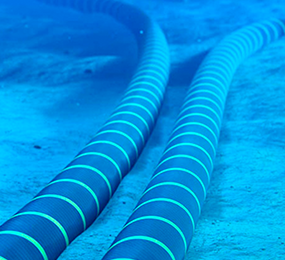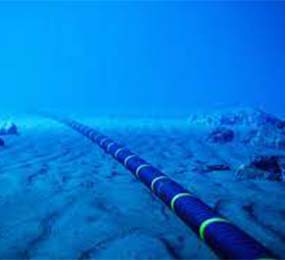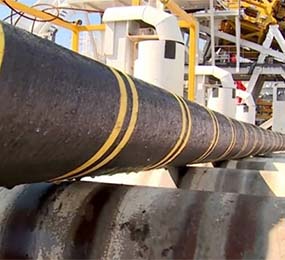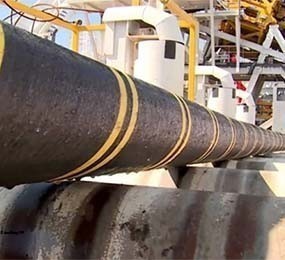Decommissioning of Submarine Power Cables: Environmental and Technical Considerations
The decommissioning of submarine power cables presents a unique set of environmental and technical challenges. As these cables reach the end of their operational life, careful planning and execution are crucial to minimize ecological impact and ensure safety.
One of the primary environmental concerns is the potential release of hazardous substances, such as insulating oils and heavy metals, into the marine environment. To mitigate this risk, rigorous procedures must be followed to safely remove and dispose of these materials. Additionally, the physical removal of the cable itself can disturb marine habitats and ecosystems. To minimize disturbance, specialized equipment and techniques are employed to extract the cable without damaging the seabed.
From a technical standpoint, the decommissioning process requires careful consideration of factors like cable length, depth, and seabed conditions. In some cases, it may be feasible to reuse sections of the cable for other purposes, such as fiber-optic communication. However, for cables that are no longer viable, complete removal is often necessary. This can involve cutting the cable into manageable sections and lifting them to the surface for recycling or disposal.
To ensure the long-term sustainability of offshore energy infrastructure, it is essential to incorporate decommissioning planning into the initial design and construction phases. By considering the end-of-life implications from the outset, project developers can minimize environmental impact and reduce the costs associated with decommissioning.
Visit our website to know more: https://www.leadventgrp.com/events/4th-annual-submarine-power-cable-and-interconnection-forum/details
For more information and group participation, contact us: [email protected]
Leadvent Group - Industry Leading Events for Business Leaders!
www.leadventgrp.com| [email protected]


